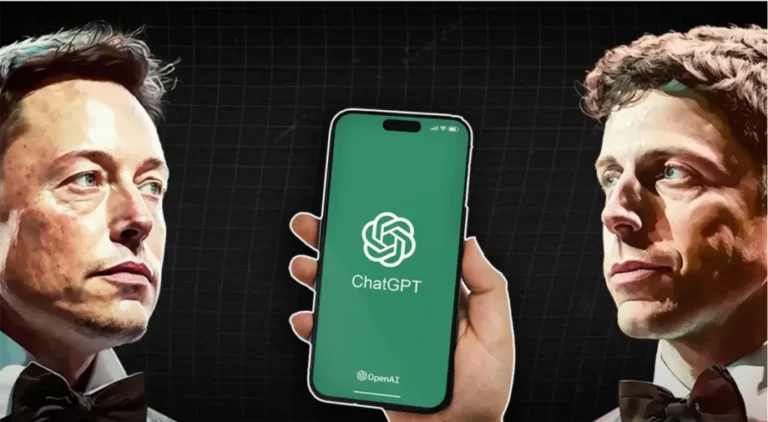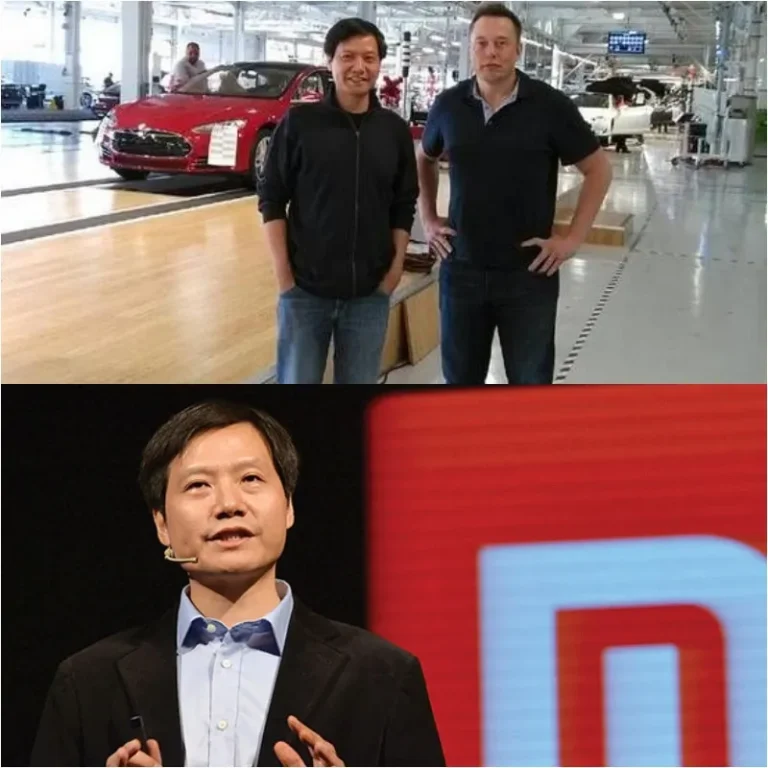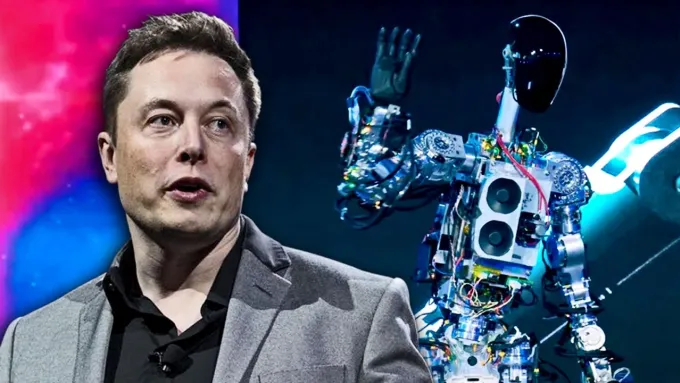
Elon Musk recently shared the key challenges Tesla faces in developing humanoid robots, revealing that the biggest hurdle lies in improving the design to increase production capacity. The Tesla CEO’s comments were made on X in response to John Carmack, a renowned computer programmer who expressed skepticism about the short-term practicality of humanoid robots.
Overcoming Design Challenges to Mass-Produce Humanoid Robots
Musk emphasized that the main challenge in humanoid robot development is refining the design to ensure faster production and scalability for mass supply chains. This focus on enhancing design efficiency is critical to meeting Tesla’s ambitious goals for the future.
John Carmack, who has voiced his doubts about the immediate use of humanoid robots, believes that while these robots will become major economic drivers in the long run—especially when paired with artificial general intelligence (AGI)—he does not expect breakthrough advancements in the next five years. Musk, however, disagrees, highlighting that Tesla’s humanoid robot, Optimus, is already performing various tasks at Tesla’s factory, with its capabilities growing rapidly.
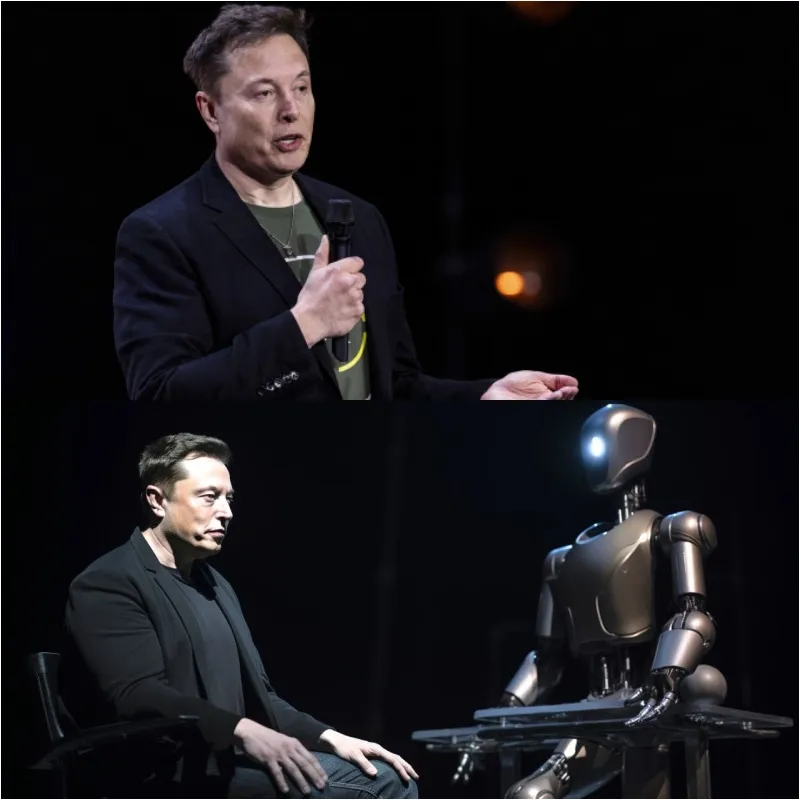
Tesla’s Vision for the Future of Humanoid Robots
At Tesla’s annual shareholder meeting in June, Musk shared his grand vision for humanoid robots, stating that there could eventually be at least one robot for every person in the world, with a “population” of 10 billion humanoid robots. Tesla intends to capture the majority of the market share in this expansive $25 trillion industry.
Musk also compared the potential of humanoid robots to the booming autonomous car market, which is estimated to be worth $5 to $7 trillion. He emphasized that while the self-driving car market is impressive, the humanoid robot market holds even greater potential. Musk envisions the price of Tesla’s Optimus robots ranging from $10,000 to $20,000, which is lower than the cost of Tesla’s most affordable car, the Model 3, when mass production begins.
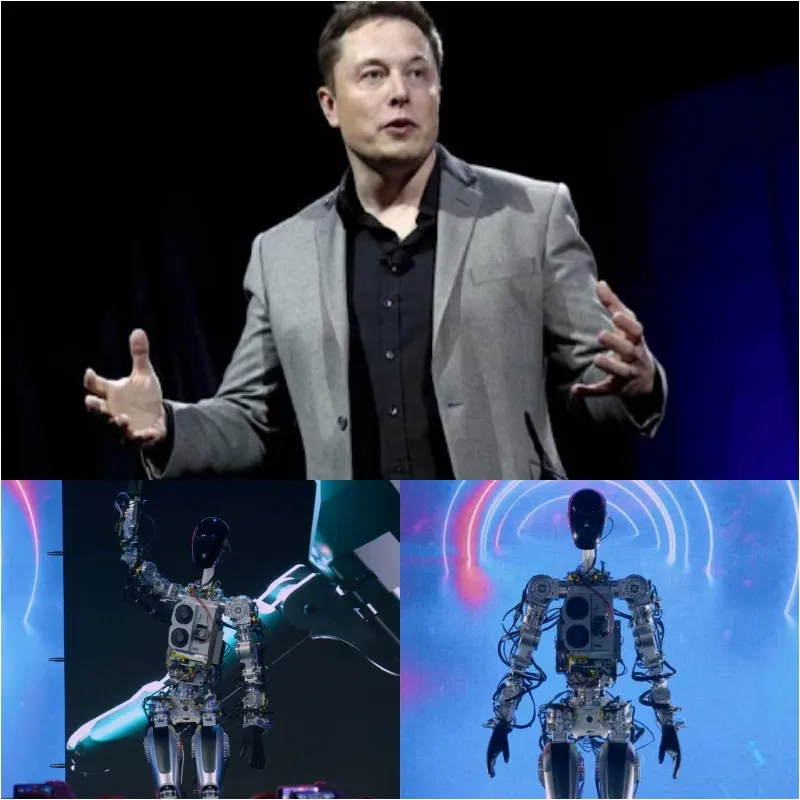
Progress Toward Mass Production
In July 2024, Musk reaffirmed that Tesla’s humanoid robots would be ready for small-scale production in factories by next year. The company plans to ramp up production to meet customer demand by 2026.
Tesla has already showcased Optimus robots in action. In October, the company unveiled Optimus at the launch event for its self-driving taxi service in Los Angeles. Around 20 Optimus robots were used to interact with attendees, performing tasks such as pouring drinks, distributing candy, and even dancing. However, Milan Kovac, the head of engineering for Optimus, clarified that the robots at the event were not fully autonomous and were still partially controlled by humans.
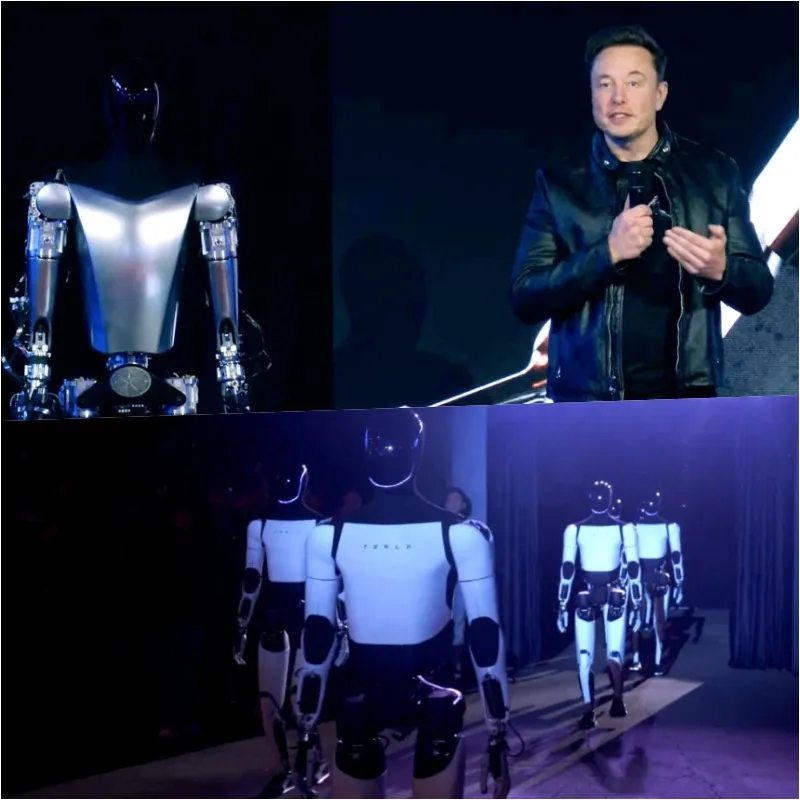
The Future of Humanoid Robots
Elon Musk’s optimistic outlook on humanoid robots positions Tesla as a potential leader in this emerging industry. While the road to fully autonomous and mass-produced humanoid robots presents significant challenges, Tesla’s ongoing development of Optimus demonstrates the company’s commitment to pushing the boundaries of innovation. With plans for large-scale production and a vision of widespread robot integration in daily life, Tesla is positioning itself for a major role in the future of humanoid robotics.

